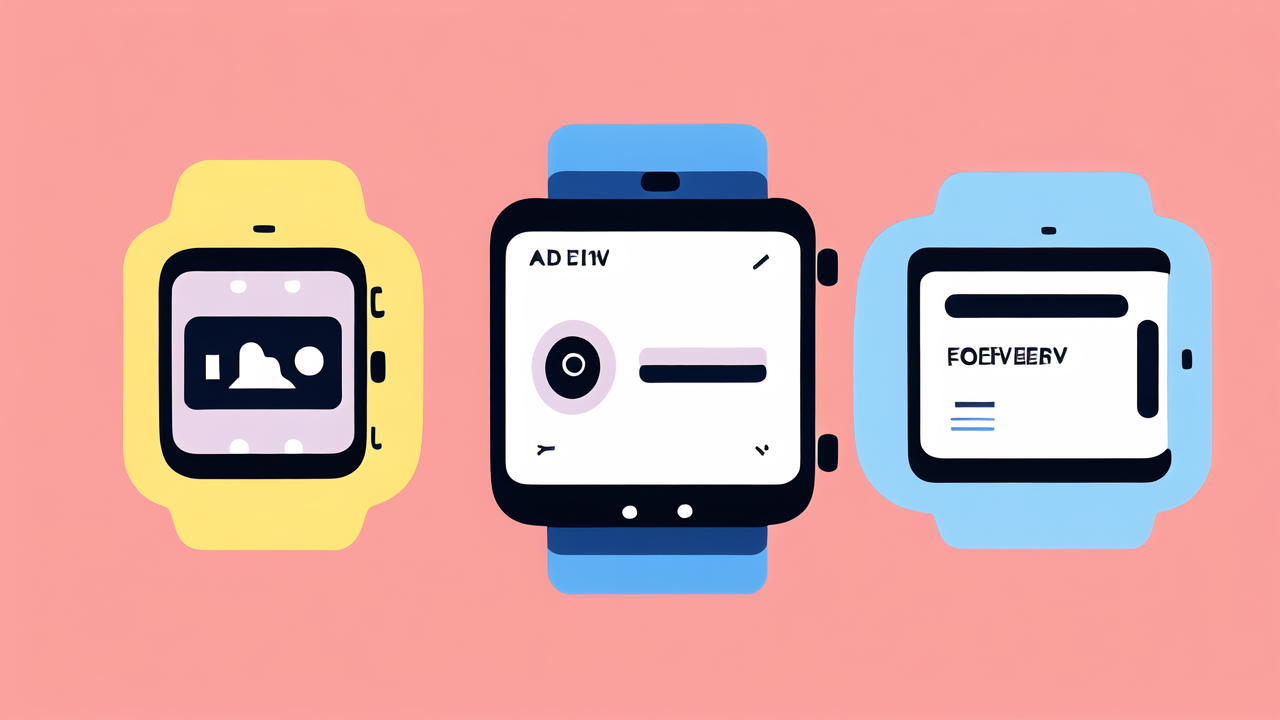The Evolution of Smart Watches in the United States
The Origins of Smart Watch Technology
The journey of smart watches began as early as the 1970s. At that time, they were simple digital watches with basic functions. By the end of the 1980s, tech firms started adding calculator features to wristwatches. This was the first step towards the smart watches we know today. In the United States, the 2000s witnessed the birth of connected watches. They could sync with computers. Some even supported wireless data transfer. Progress didn't stop here. The next big leap came with the introduction of devices like the Pebble Smartwatch. It used Bluetooth to connect with smartphones. Soon, giant tech companies entered the fray. They brought with them advanced features and sleek designs. This started the smart watch revolution. Today, these gadgets go beyond time-telling. They serve as mini-computers on our wrists. The U.S. market has played a big role in driving forward this tech. It has become a symbol of modern lifestyle and tech savvy.

Key Technological Advancements in Smart Watches
Smart watches have seen major tech leaps. These include touch displays and improved sensors. Voice control has made them more user-friendly. Advancements in battery life are also key. Connectivity features, such as LTE, have expanded their use. Smart watches now support a wide range of third-party apps. Biometric tracking has become more accurate and varied. Overall, these tech upgrades have vastly enhanced the smart watch experience.
Market Growth and Consumer Adoption in the U.S.
The U.S. has seen a surge in smart watch use. Sales numbers have climbed yearly. Many factors fuel this trend. Health tracking is a major appeal. Brands like Apple and Fitbit lead the market. They offer advanced features. Users enjoy connectivity and lifestyle apps. Smart watches are now a tech staple in America.
Analyzing the Leading Smart Watch Features
Integrated Health and Fitness Capabilities
Smart watches have transformed health tracking. They monitor heart rate, sleep, and activity levels. Many models feature GPS for run mapping. Newer devices include ECG and blood oxygen monitors. They encourage fitness by setting goals and challenges. Such features make smart watches vital for health-conscious users.
Lifestyle and Convenience Enhancements
Leading smart watches offer features that merge tech with daily life. Think beyond just date and time. Smart watches now boast contactless payments and music control. They can also manage smart home devices remotely. Smart watches can display important notifications, too. This includes calls, texts, and app updates. They help users stay connected without a phone in hand. Voice assistants in watches also aid in multitasking. Lastly, navigation features provide real-time directions on the wrist. These enhancements foster a seamless lifestyle integration for users.
Enterprise and Productivity Innovations
In the realm of business, smart watches have redefined productivity. They offer features such as email alerts, calendar sync, and task reminders that keep professionals on track throughout the day. One can quickly glance at agenda updates or join video calls using just their wrist device. Moreover, smart watch apps are now tailor-made for enterprise needs, allowing seamless integration with workplace tools. This has made it easier to stay connected and efficient without being tethered to a desktop or phone. These advances highlight the merging of wearables with the world of work, demonstrating their growing role in the enterprise sector.
The Impact of Smart Watch Features on User Experience
Enhancing the Aesthetic Appeal
Smart watches now merge tech with style. Their look is key to their appeal. Sleeker designs draw users. Brands offer customization - from bands to watch faces. Some even mirror classic watches. This blend of fashion and function catches eyes. It helps smart watches fit any lifestyle or taste. Many choose based on how these gadgets look. So, makers focus on design as much as tech.
User Interface and Operating System Innovations
Smart watches have changed how we interact with tech. Brands now focus on the interface. Smooth, intuitive touch screens make a big difference. Customizable displays also add a personal touch. Voice commands are getting better too. They make the watches easier to use on the go. There's also a rise in compatibility with phones and apps. This means more features without looking at your phone. Plus, updates are making these devices smarter over time. All this has made smart watches a key part of daily life.
Long-term Durability and Performance Reliability
Long-term durability and reliable performance are crucial in smart watches. Users want gadgets that last and work well over time. Key factors include material quality, battery life, and software updates. A watch must withstand daily wear and tear. It should also stay current with new apps and features. Brands that deliver on these points tend to lead the market.




Leave a comment
This site is protected by hCaptcha and the hCaptcha Privacy Policy and Terms of Service apply.